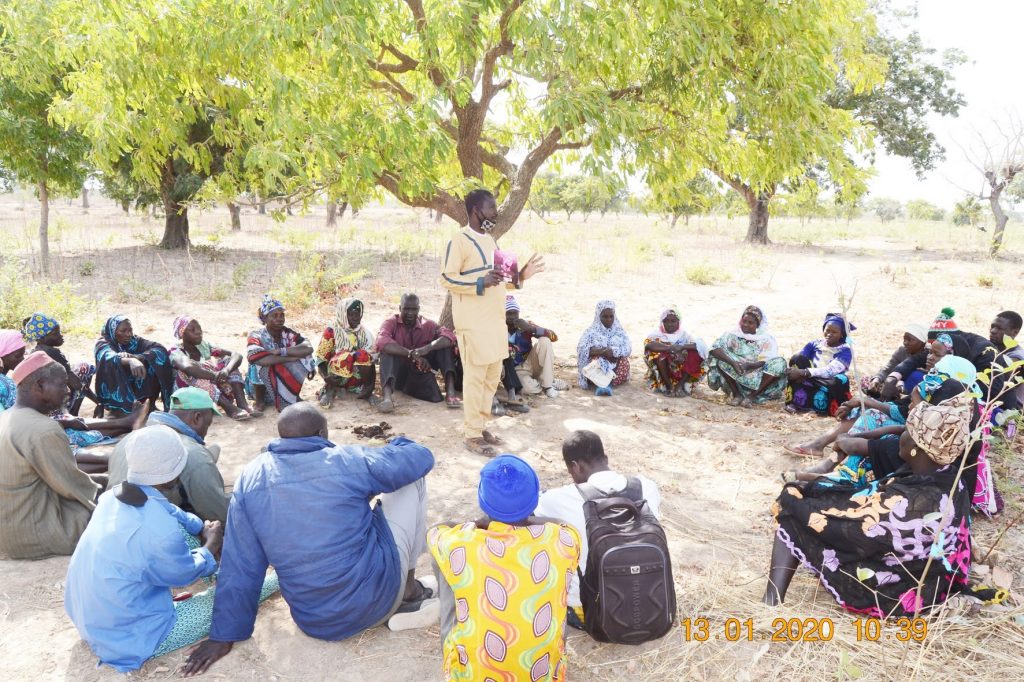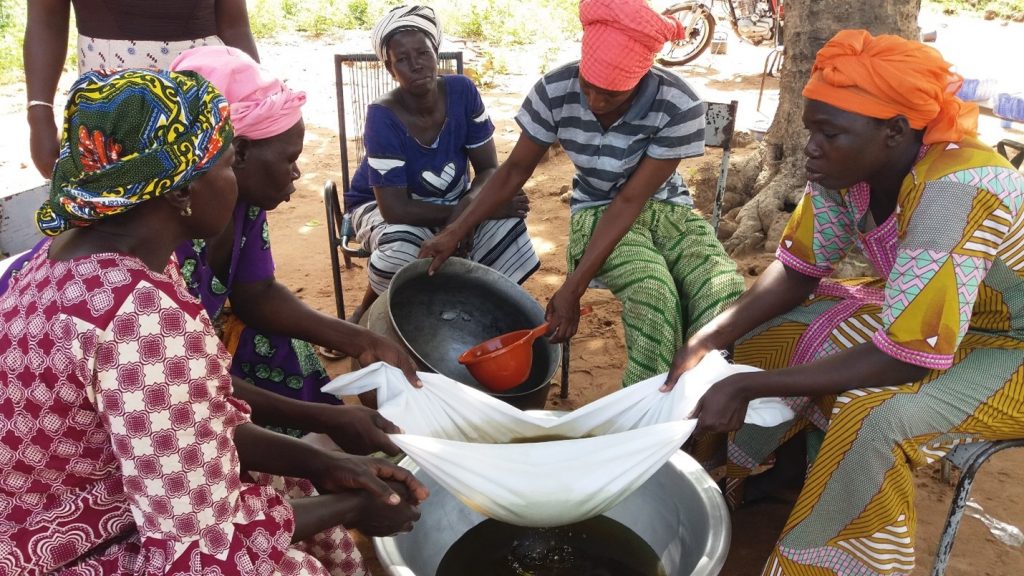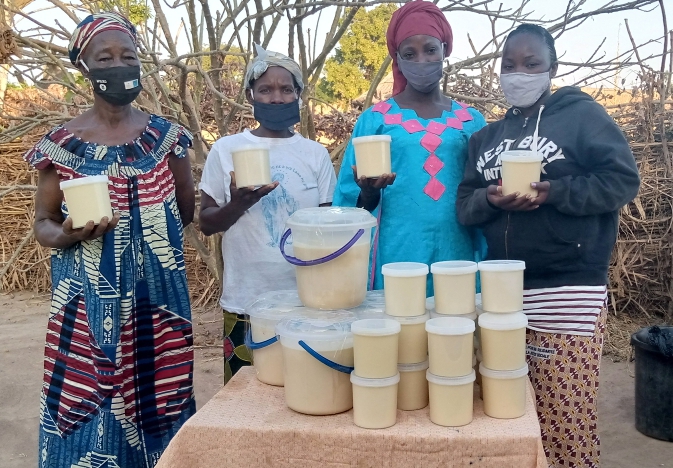How to establish successful tree-based businesses is simply explained in a new publication.
By Grace Koech
The Regreening Africa project has published a new guide to help staff of non-governmental organizations, the private sector, government extension services and community-based organizations plan and implement profitable tree businesses.
The guide, Eight steps for developing local tree value chains, is written in simple and straight-forward language to help identify and implement profitable businesses based on local tree resources. Information is provided on tools to map the people working on products, how to select viable businesses, and how to choose interventions to strengthen businesses.
Tree and forest products— such as fruits and nuts, gum and resins, wood, poles, fodder —contribute to the livelihoods of over 1.4 billion people globally, according to a 2019 UN Forum on Forests study. This alone calls for clear guidelines for development of these value chains.
The publication of the guide stemmed from the observation that strengthening tree-based enterprise can potentially be an incentive in land-restoration efforts. But there is a challenge: how can value-chain developers select, prioritize and implement tree-based businesses that are profitable, sustainable and environmentally safe?
 Abdoulaye Coulibaly, agriculture officer of Koutiala, guides trainers through the stages and techniques of assisted natural regeneration. Photo: CRS/Awa Beny Demdele
Abdoulaye Coulibaly, agriculture officer of Koutiala, guides trainers through the stages and techniques of assisted natural regeneration. Photo: CRS/Awa Beny Demdele
Readers of the guide are taken step by step through the processes needed to build such businesses, supported by examples of how to carry out literature reviews and expert consultations to identify the kinds of tree products harvested for home use and sale and ways to map new and existing business lines. Steps on how to gather and use findings from the literature, community engagement, interviews with key informants and partners working on similar interests are all illustrated. The last three steps in the guide are dedicated to how businesses are prioritized and re-prioritized based on sustainability considerations. This helps address a common challenge faced by project implementors in selecting suitable businesses, sometimes with limited resources.
Readers are shown how to prepare a business plan and roadmap for new businesses or to improve the performance of existing ones. The role of key players — such as governments, farmers, the larger private sector, finance — and how other factors — such as infrastructure, market access and growth potential – can help improve performance and gains from tree-based businesses are highlighted. The guide also provides lessons from field experience that should be kept in mind when gathering information and developing businesses.
‘In sum, the guide provides a compact knowledge resource for tree-business developers,’ noted lead author Sammy Carsan.
 Women in Mali processing shea oil. Photo: Sahel Eco
Women in Mali processing shea oil. Photo: Sahel Eco
This story was produced with the financial support of the European Union. Its contents are the sole responsibility of Regreening Africa and do not necessarily reflect the views of the European Union.

